Table of Contents:
The beginner’s guide to recycling

The important thing to remember is that you won’t achieve zero-waste as soon as you start. It is a learning process and you can start small to begin with.
Here’s how you can begin doing your part for the environment:

What can you put in a recycling bin?
The first step is to identify the things you can put in a recycling bin. Broadly these are:
- Paper and cardboard
- Aluminium and steel cans
- All hard plastic containers including yogurt, ice cream, and take-away containers
- Glass bottles and jars
- Milk and juice cartons
- Pizza boxes
- Aluminium foil and trays
- Rigid household plastic items like kitchen storage containers and plastic toys
- Steel pots and pans (no glass lids)
- CD cases
- Ink cartridges
One crucial step is to make sure all these items are clean and free from grease, grime or food waste before you place them in the recycling bin.
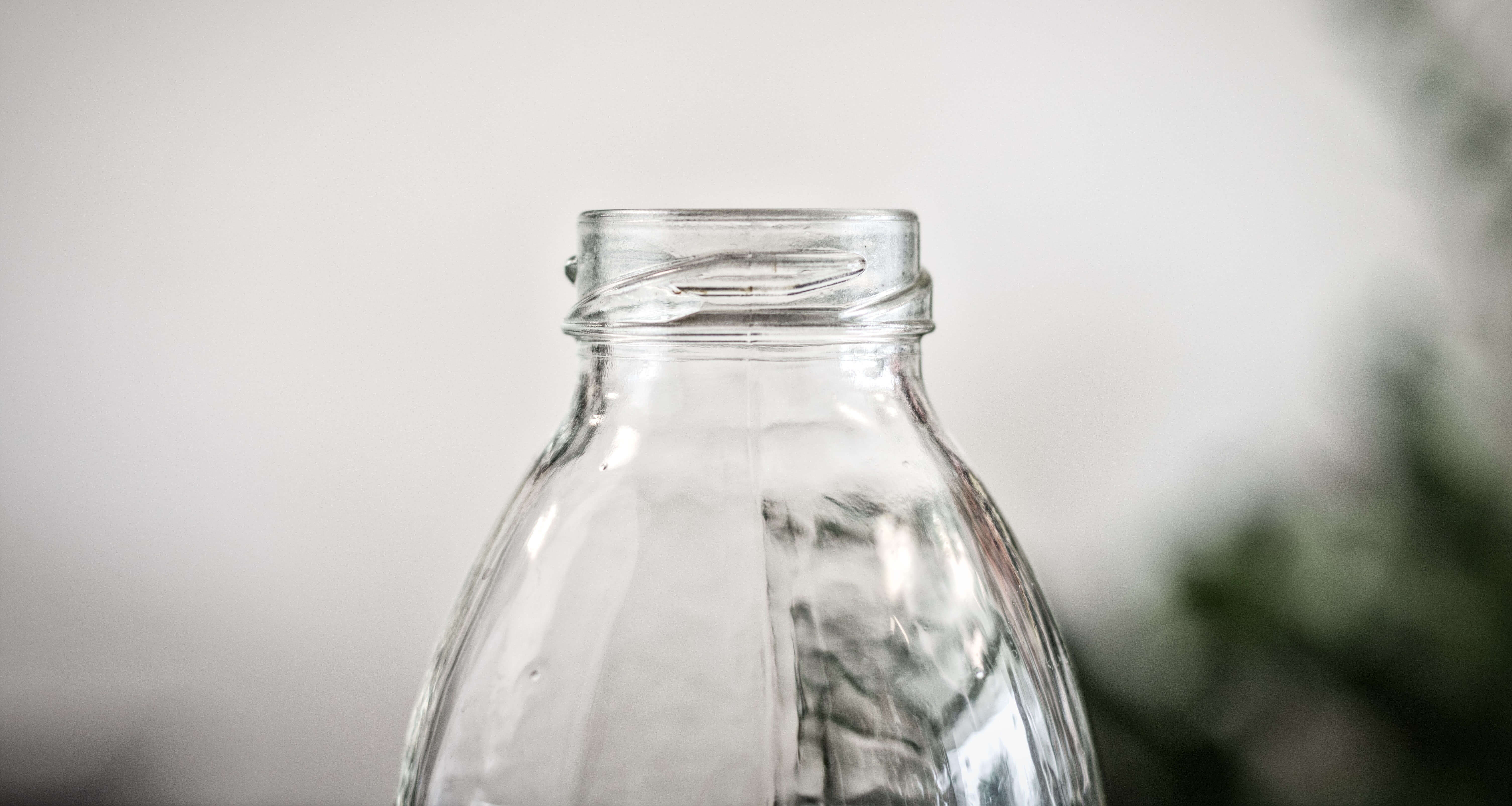
Things you should not put in a recycling bin
It is equally important to know what not to put in your recycle bin as to know what to put in it:
- Plastic bags
- Soft plastics
- CDs and DVDs
- Expanded polystyrene foam used in takeaway coffee cups or packaging for household goods
- Batteries
- Ceramics and pottery
- Glass from broken glasses, windows or mirrors
- Waxed cardboard boxes
- Food scraps
- Chemicals
- Nappies
- Household glass (light globes, mirrors, windows, and dinnerware)
- Syringes and needles
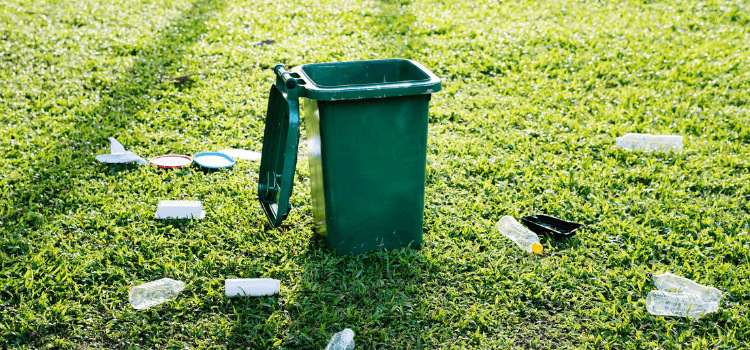
According to Sustainability Victoria, the most common items contaminating our recycling are soft plastic bags, clothing, green waste, and electronic items. You can start reducing the contamination by donating the clothes instead of throwing them out and using the unwearable clothing as rags. Put green waste in your green waste bin, and not in mixed recycling.
One way to avoid contaminating the recycling bin is to correctly dispose of soft plastic shopping bags and electronic waste. A simple Google search can help you find out where to recycle these items in your local community.
A simple way to stop accumulating plastic bags is to use alternative shopping bags made of environmentally-friendly items. Always carry a foldaway shopping bag with you so you can avoid buying plastic bags every time you go shopping.
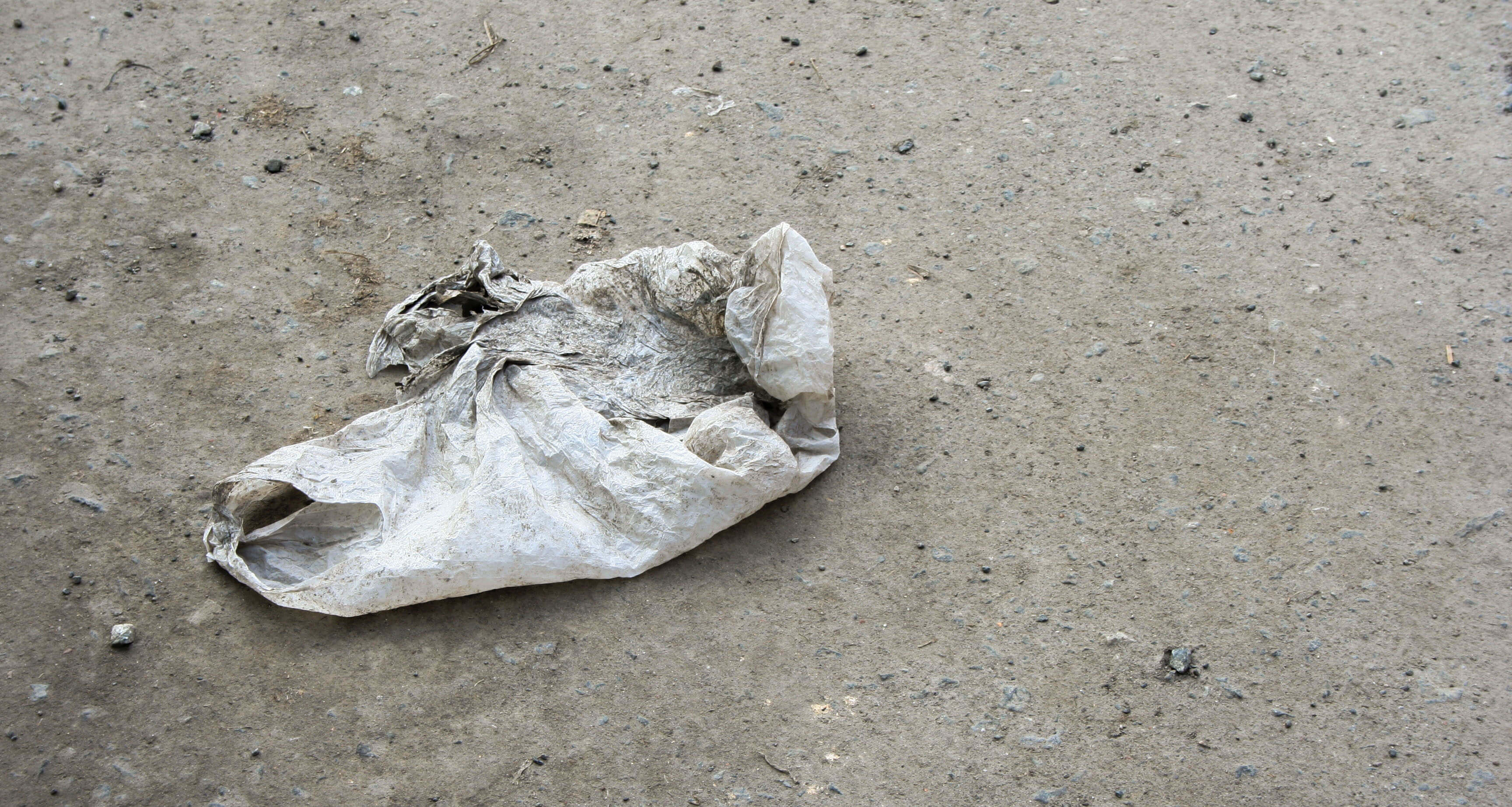
Some other tips to master recycling are:
Invest in a green waste bin
Composting is a great way to dispose of your green and organic waste such as grass clippings and garden waste, to name a few. If you’re undergoing a kitchen renovation, there are also many ways you can design a specific place for your bins in your plans to hide them out of sight.
What can you put in your green waste bin?
Some items you can put in your green waste bin include
- Flowers
- Grass clippings
- Leaves
- Small branches
- Small pruning
- Twigs
- Weeds
By composting, you can turn your green waste into food for your garden plants. The fruit waste, veggie peels, and eggshells can give the fruits and vegetables you grow in your garden more nutrients at no extra cost.
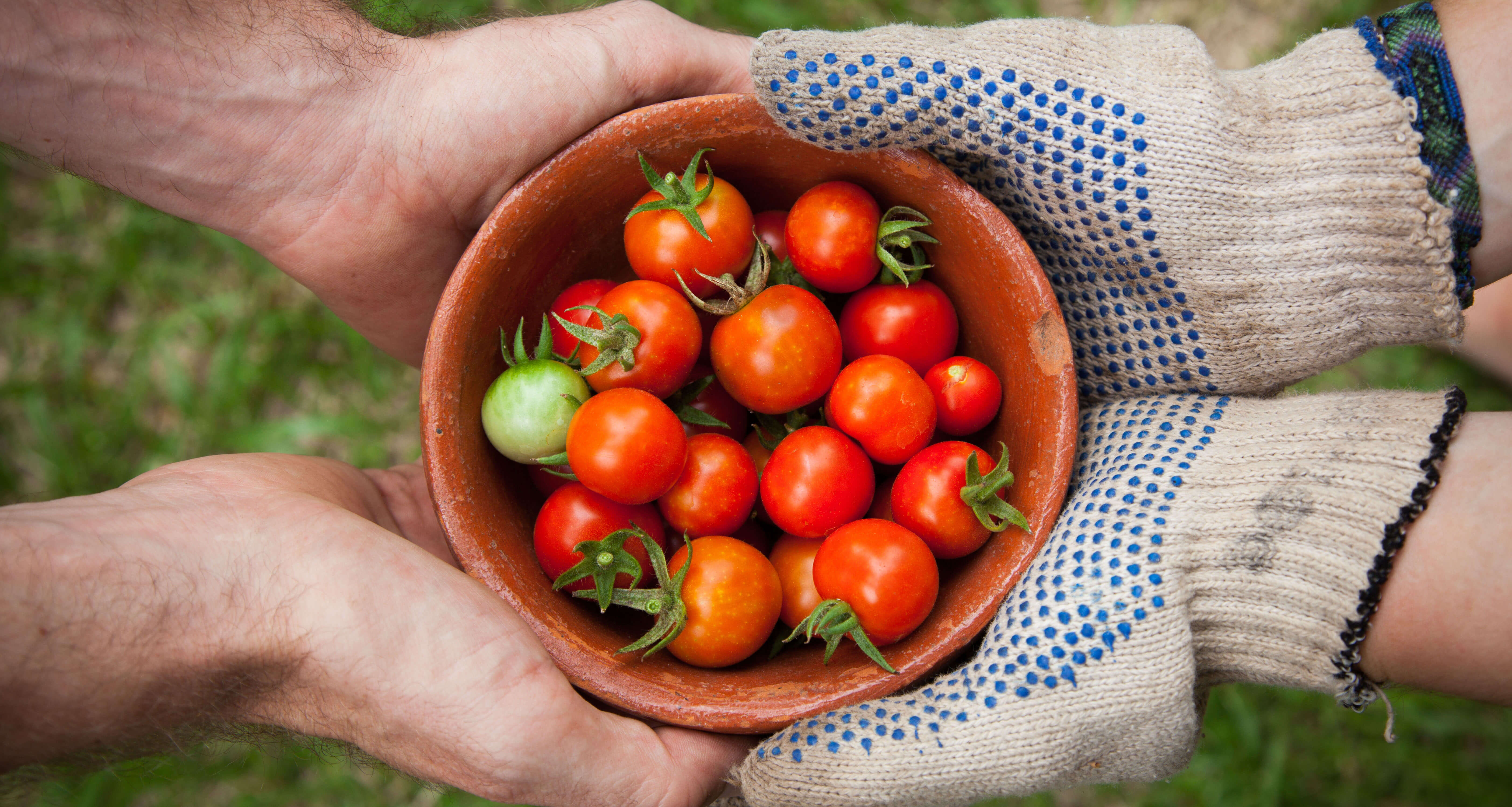
Encourage sustainable lifestyle
Recycling is a great way to live a more sustainable lifestyle. Simple rules such as reduce, reuse, and recycle can go a long way to help you achieve a sustainable lifestyle. You can begin by reducing the number of belongings, the energy, and resources you use to live a more minimalist lifestyle.
Reuse things by making simple changes such as switching from plastic water bottles to mason jars or using plastic shopping bags to market baskets or reusable cloth bags. Lastly, recycle what you can to make your home greener.
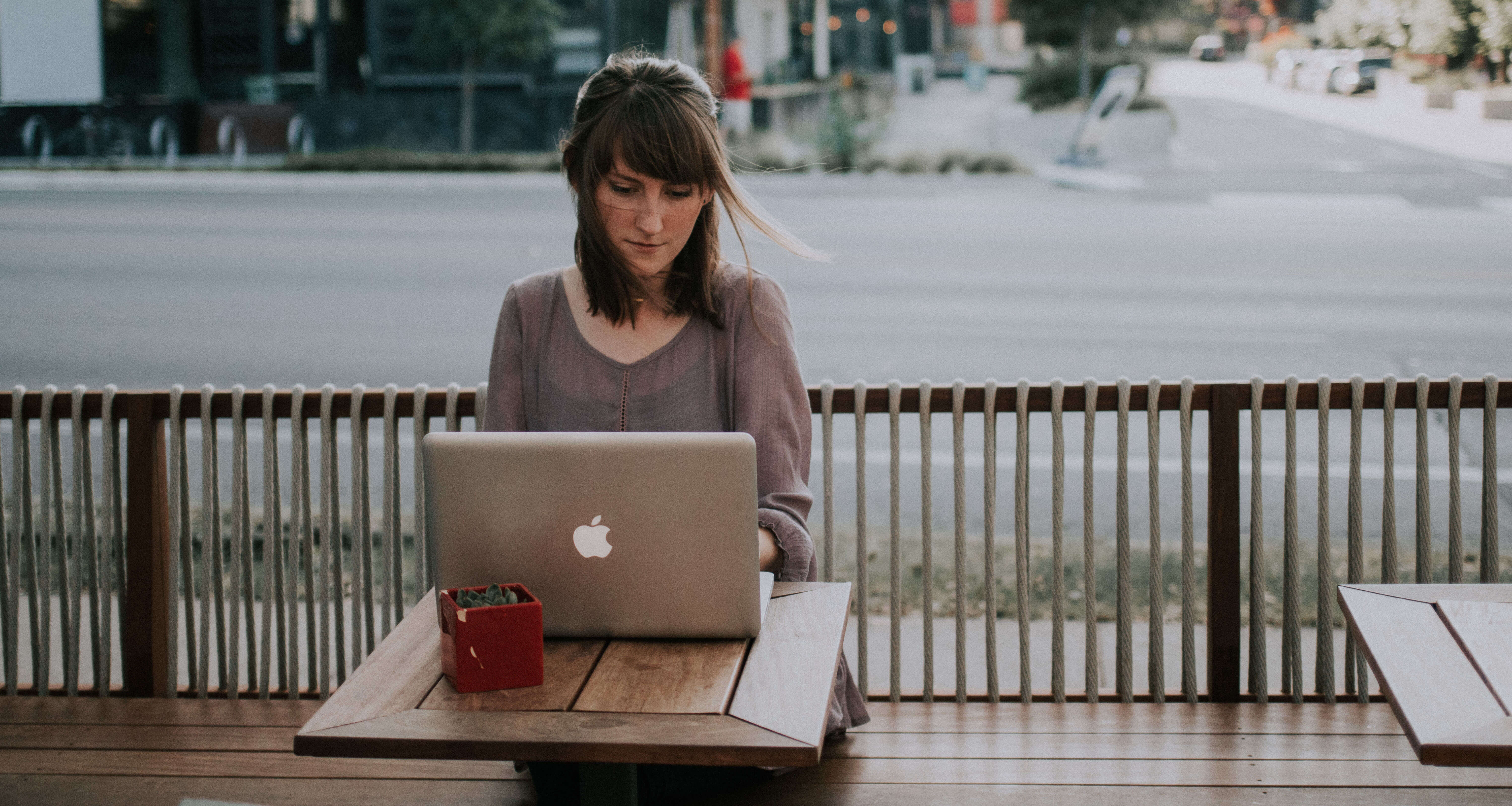
Reduce
Many people think the more accessories and things they have, the better. However, reducing the number of items at home can go a long way to sustainable living. Don’t buy things just because they are the trend now. Buy things only if you really need them. Reducing purchase is a sure shot way of reducing wastage and recycling. For example, don’t just buy an appliance or furniture just because it is sleek and would look good in your home, if you have one that is already working perfectly fine. If you do need a new appliance as part of your kitchen renovation, choose the best appliance for your home with a high energy rating.
Likewise, when you shop from your local market, you can get items without the plastic wrap seen in the supermarkets. You will not only boost the local economy but also stop contributing to the waste problem.
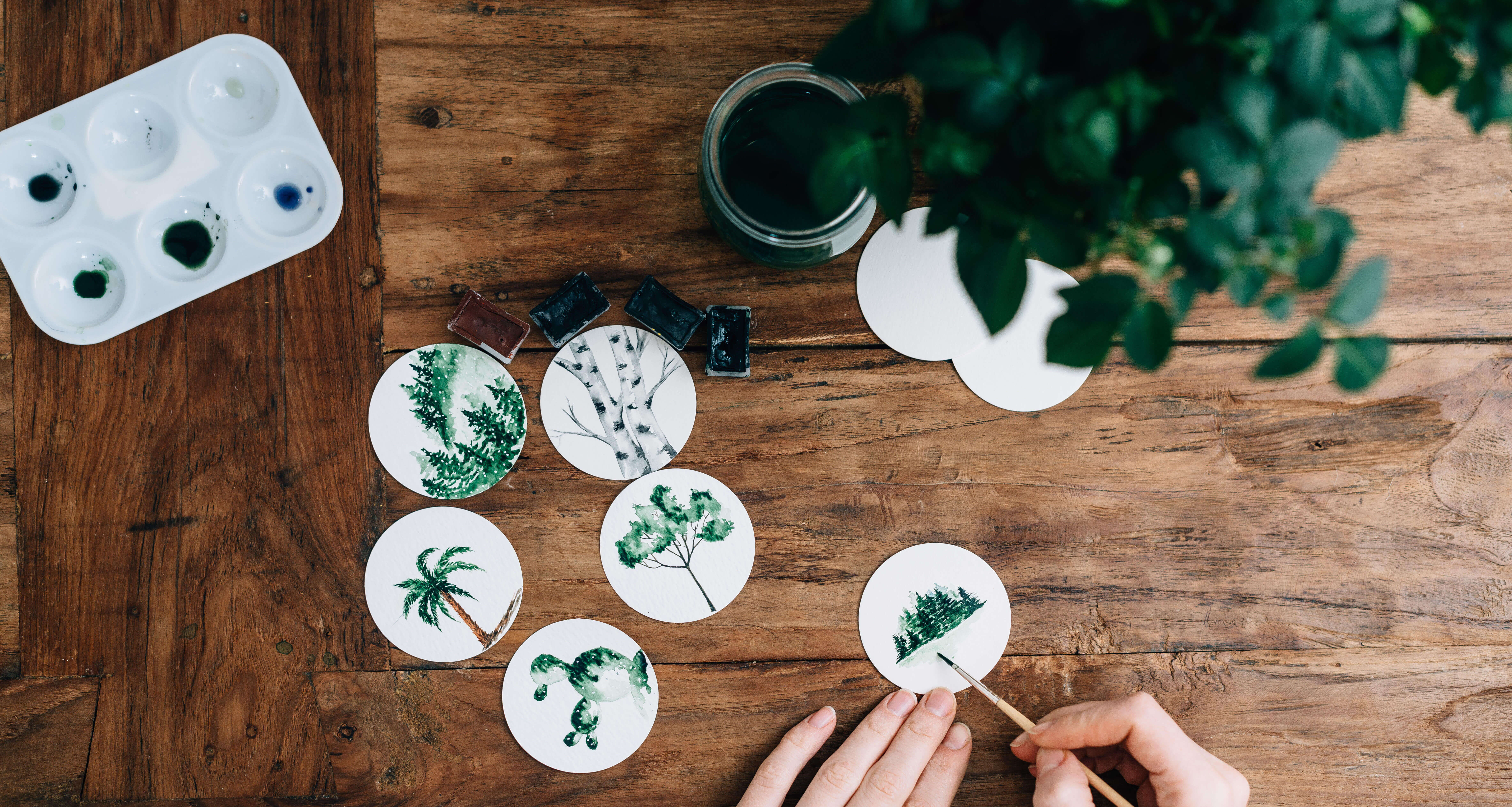
Reuse
Reusing is easy. Don’t throw away the glass jar that comes with your coffee powder. You can use it to store a variety of things such as nuts, pulses and so on. Also, get a reusable coffee cup to get your coffee on the go. That way you can reduce waste and save money (some coffee outlets offer you a discount if you bring your own takeaway mug or use their reusable coffee cups).
While travelling, carry your food in reusable containers rather than single-use plastics and throwaway containers.
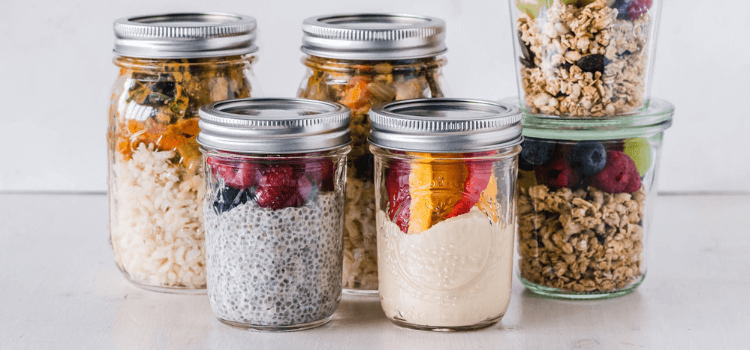
All these simple steps can go a long way towards better recycling.
Need some help planning an eco-friendly kitchen renovation?
Get Kitchen Renovation Quotes Now
Further reading:
Eco-friendly Home Hacks
How to save money with rainwater tanks
Should I repaint my kitchen cupboards or replace them?
10 must-have kitchen design features